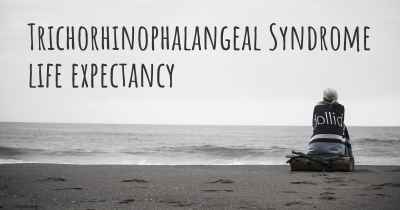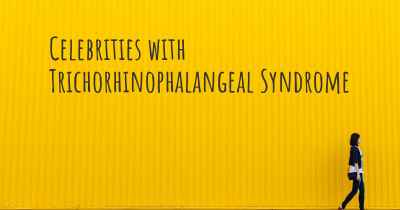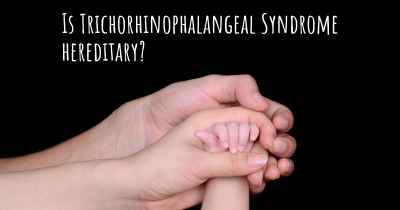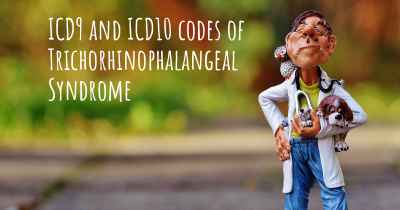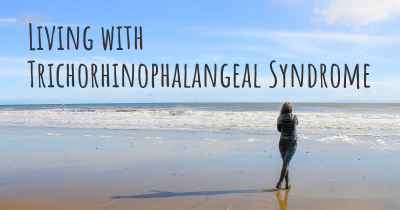What is the prevalence of Trichorhinophalangeal Syndrome?
How many people does Trichorhinophalangeal Syndrome affect? Does it have the same prevalence in men and women? And in the different countries?
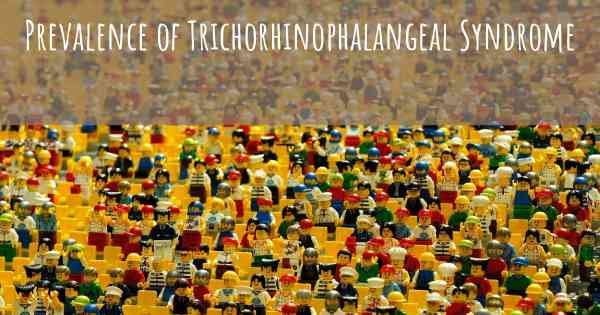
Trichorhinophalangeal Syndrome is a rare genetic disorder characterized by distinctive facial features, skeletal abnormalities, and hair abnormalities. It is estimated to affect approximately 1 in 1,000,000 individuals worldwide. The syndrome is inherited in an autosomal dominant manner, meaning that an affected individual has a 50% chance of passing the condition on to each of their children. Diagnosis is typically made based on clinical features and confirmed through genetic testing. Although there is no cure for Trichorhinophalangeal Syndrome, management focuses on addressing specific symptoms and providing supportive care.
Trichorhinophalangeal Syndrome (TRPS) is a rare genetic disorder characterized by distinctive facial features, skeletal abnormalities, and hair abnormalities. It is divided into three subtypes: TRPS type I, TRPS type II, and TRPS type III.
The prevalence of TRPS is extremely low, making it a rare condition. However, the exact prevalence is not well-established due to its rarity and underdiagnosis. It is estimated that TRPS type I is the most common subtype, followed by TRPS type II and TRPS type III.
TRPS affects both males and females, and its symptoms can vary widely among individuals. Common features include short stature, cone-shaped epiphyses (abnormal bone development), sparse scalp hair, thin nails, and distinctive facial characteristics such as a bulbous nose and a long philtrum.
As a rare genetic disorder, TRPS requires a multidisciplinary approach for diagnosis and management. Genetic testing and clinical evaluation are crucial for accurate diagnosis. Although there is no cure for TRPS, treatment focuses on managing the symptoms and improving the quality of life for affected individuals.
